Time for dessert! In an earlier post, we described how pumpkins (along with all other squash and gourds) rely on pollinators such as the native squash bee for pollination. But what about the spices that make pumpkin pie so yummy? It’s an exotic tale filled with intrigue!
|
SBG Knowledge Series--November
Time for dessert! In an earlier post, we described how pumpkins (along with all other squash and gourds) rely on pollinators such as the native squash bee for pollination. But what about the spices that make pumpkin pie so yummy? It’s an exotic tale filled with intrigue!
18 Comments
SBG Knowledge Series--November
Are you going…to have tasty seasoning for your turkey and stuffing? Parsley, sage, rosemary and thyme are just the ticket, and we enjoy their fragrant leaves and stems. Their tiny flowers are often overlooked by us—but they’re a feast for our pollinator friends! Mashed potatoes with gravy—a classic combo for the Thanksgiving table. What role do pollinators play in this carb-a-licious dish?
The part of the potato that we eat is not a fruit, but a tuber. Pollinators aren’t directly needed for obtaining these tubers, but they ARE essential to allow the plant to breed and maintain genetic diversity. A colorful splash of green looks (and tastes) great on your Thanksgiving table. How about some green beans?
Beans (Phaseolus) have been cultivated for over 7,000 years. Bean plants bear complete flowers (both male and female reproductive parts are present in the same flower). Thus, they are able to self-pollinate. However, many studies have shown that yields can be up to 10 times greater when pollinating insects are present, especially large-bodied bees such as bumble bees and carpenter bees.
Visit the website here: https://extension.psu.edu/spotted-lanternfly-what-to-look-for
Open the document from the PSU Center for Pollinator Research on this fascinating bee.
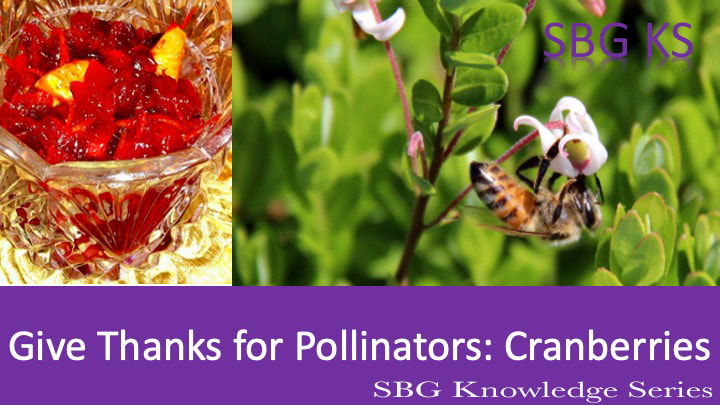 SBG Knowledge Series--November What would Thanksgiving dinner be without cranberry sauce? Without pollinators, we’d soon find out! Because the reproductive organs in a cranberry flower mature at different times, the flowers can’t self-pollinate. That’s where bees come in—they are the main pollinators of cranberries and are critical to fruit production. |
Archives
October 2023
Categories
All
|
||||||||||||

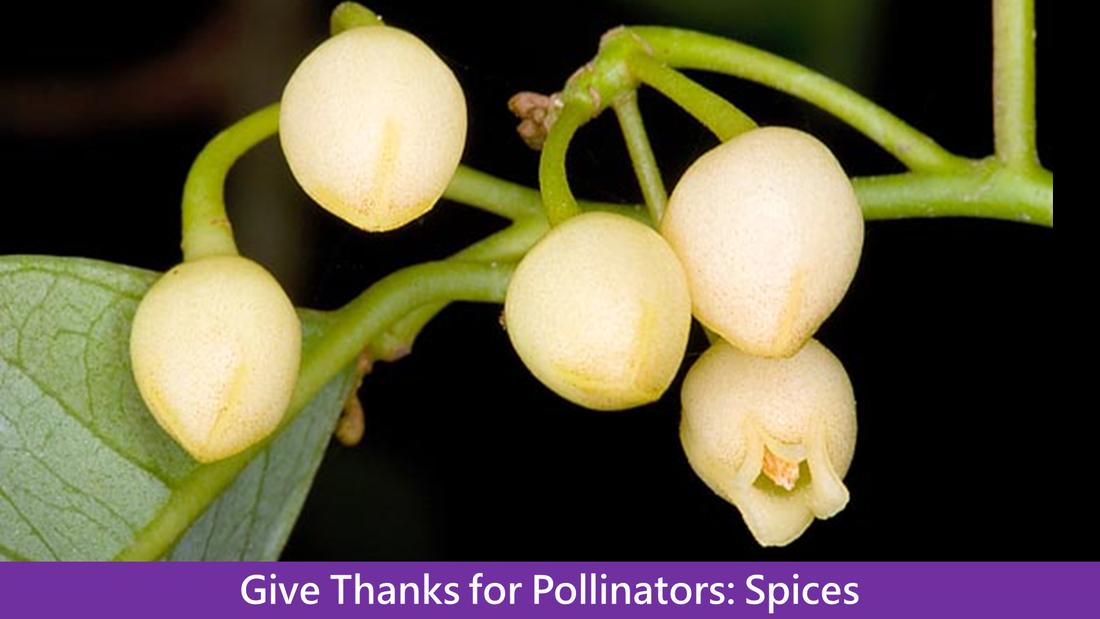
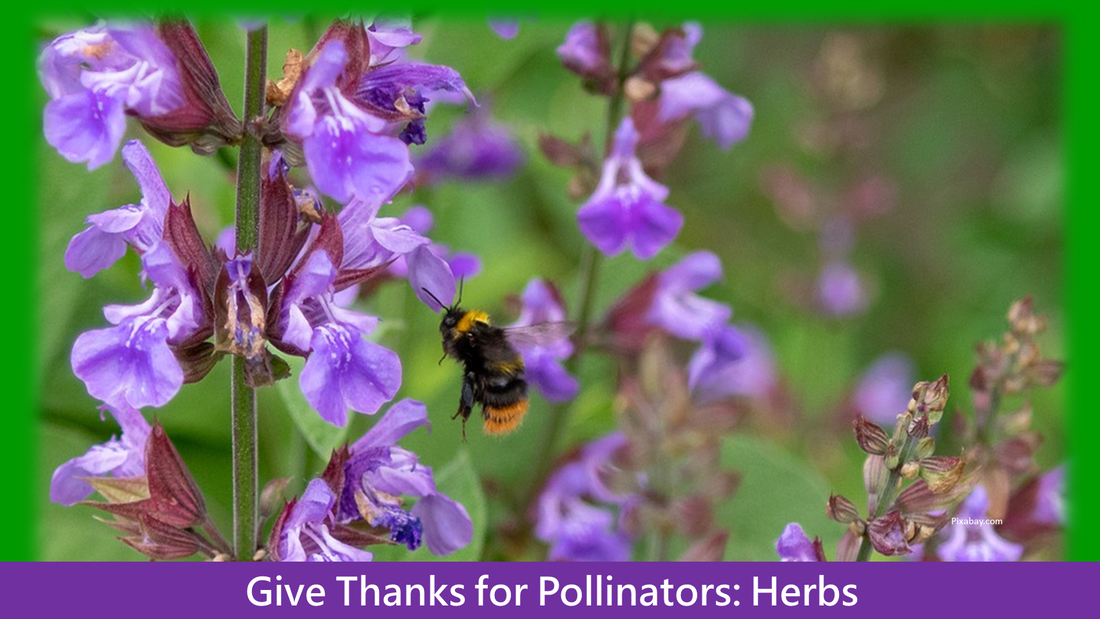
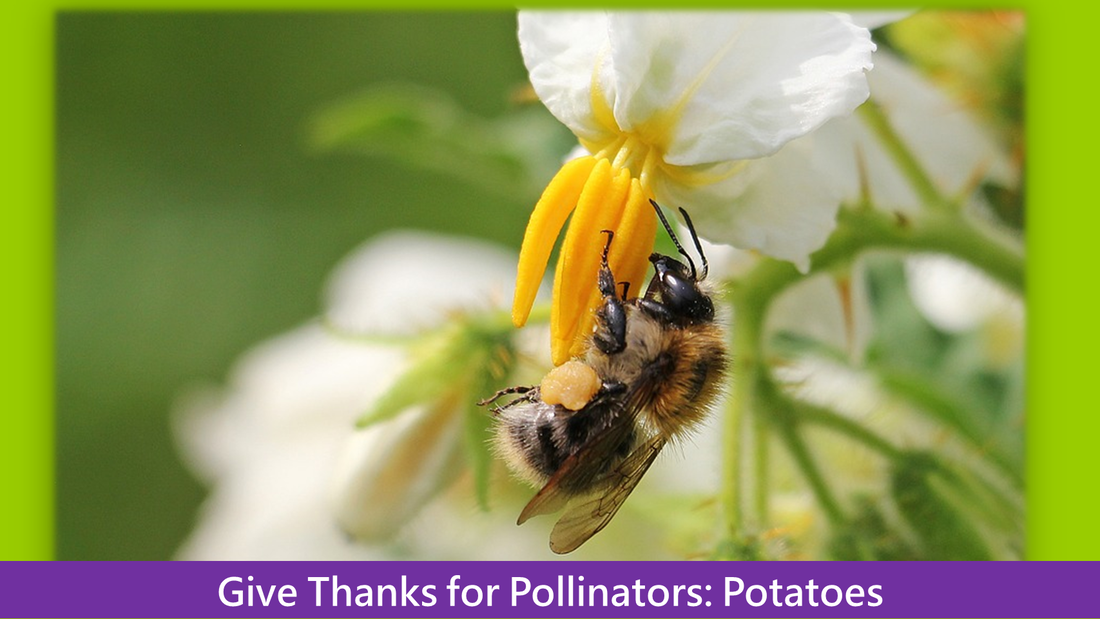
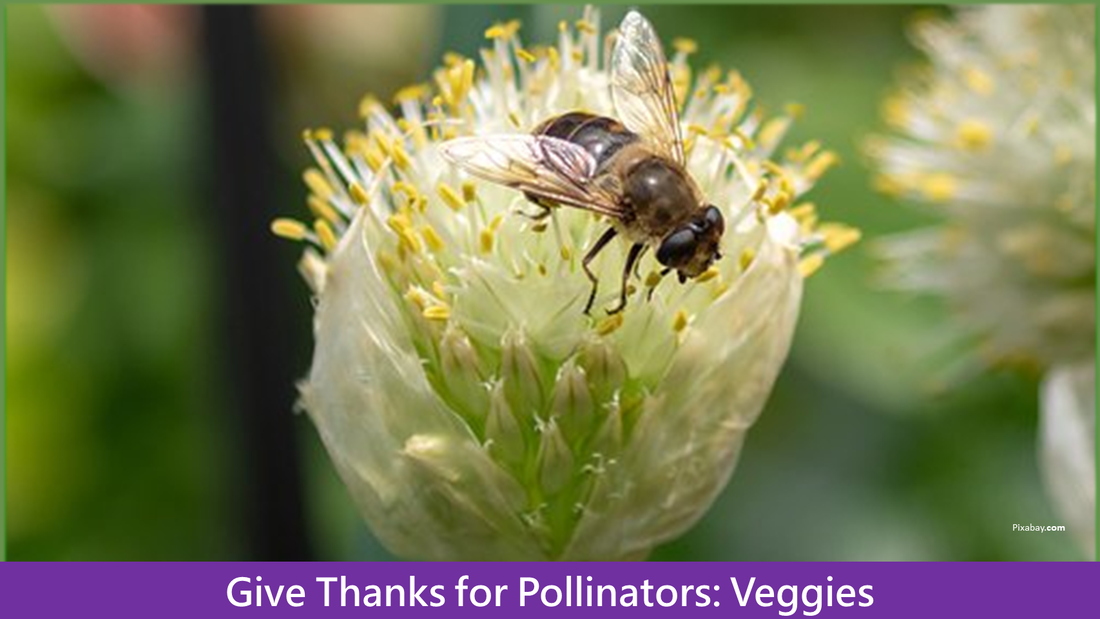
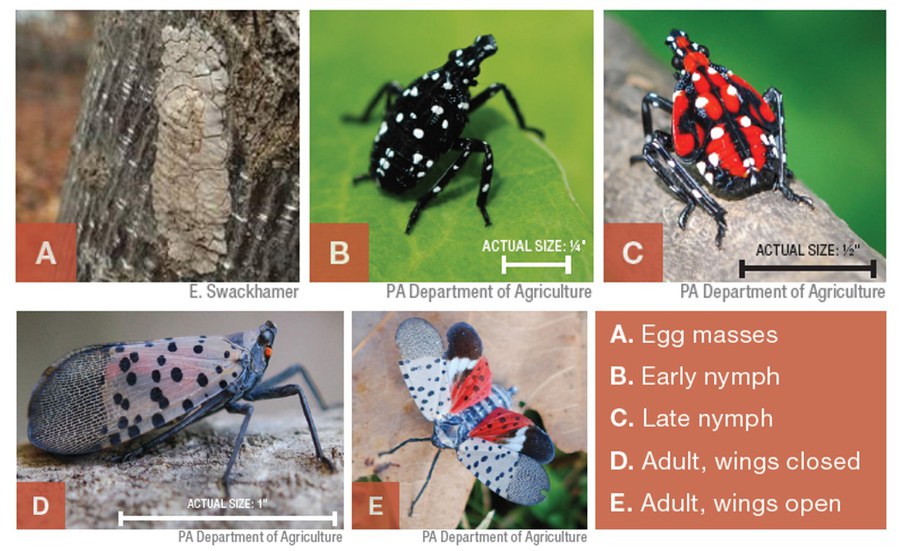
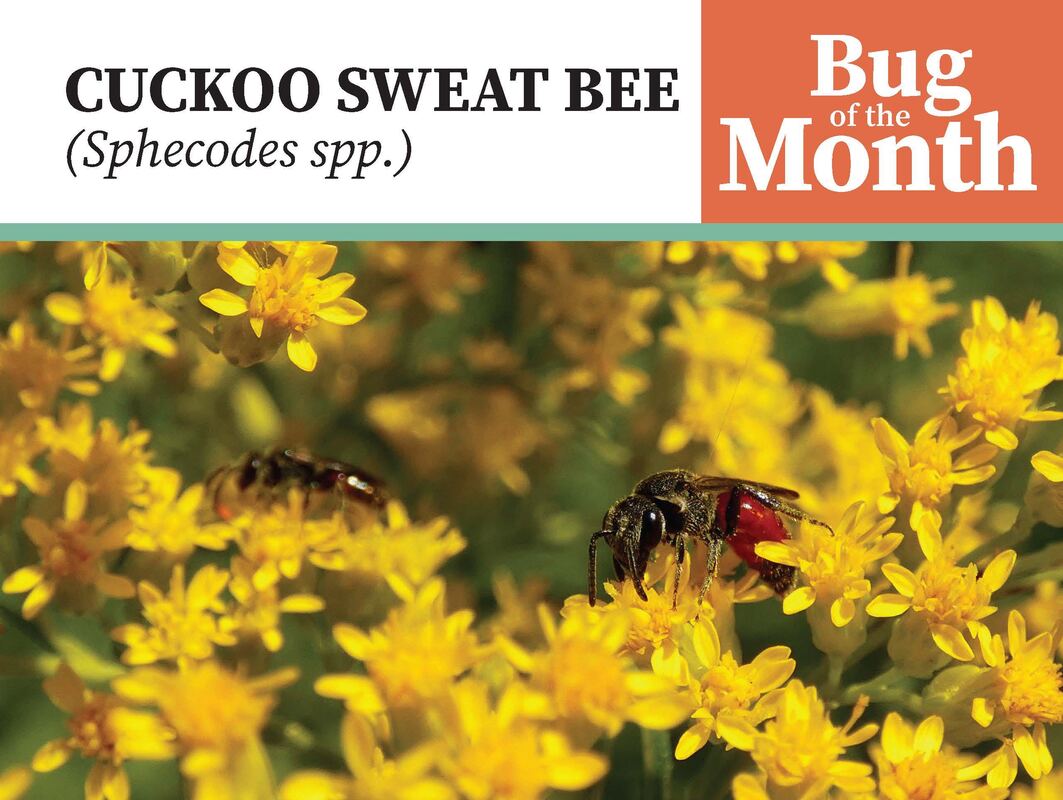
 RSS Feed
RSS Feed